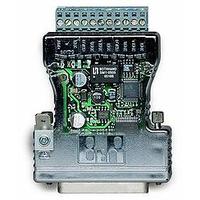
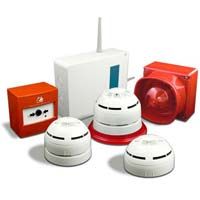
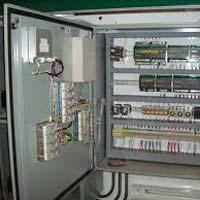


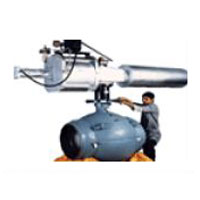

Turnkey Automation Systems
Get Price Quote
In the scientific and industrial world, understanding the composition and properties of materials is fundamental. Analytical instruments act as our eyes and ears into the unseen world, providing crucial insights into the chemical makeup, physical characteristics, and structure of various substances. Here's a breakdown of what analytical instruments are and the key roles they play.Function: Analytical instruments encompass a diverse range of tools used to analyze the chemical and physical properties of materials. They can be used for qualitative analysis (identifying the components of a sample) or quantitative analysis (determining the amount of each component present). These instruments play a vital role in various fields like: Chemistry Biology Physics Environmental Science Materials Science Forensics Pharmaceutical Manufacturing Food and Beverage Production Types of Analytical Instruments:The vast array of analytical instruments can be categorized based on the analytical technique they employ:Spectroscopic Techniques: These instruments analyze the interaction of light or radiation with a sample. Common examples include:Mass Spectrometry (MS): Identifies and quantifies molecules based on their mass-to-charge ratio.Atomic Absorption Spectroscopy (AAS): Measures the concentration of specific elements by analyzing the light absorbed by the sample.Ultraviolet-Visible (UV-Vis) Spectroscopy: Analyzes the absorption of ultraviolet and visible light by a sample to determine its composition.Chromatographic Techniques: These techniques separate the components of a mixture based on their interaction with a stationary phase. Common examples include: High-Performance Liquid Chromatography (HPLC): Separates and analyzes complex mixtures of liquids. Gas Chromatography (GC): Separates and analyzes volatile compounds. Electrochemical Techniques: These techniques involve measuring the electrical properties of a sample. Examples include: pH Meters: Measure the acidity or alkalinity of a solution. Conductivity Meters: Measure the ability of a solution to conduct electricity. Microscopic Techniques: These instruments provide magnified images of a sample for detailed analysis. Examples include: Optical Microscopes: Provide high-resolution images of a sample's surface features. Electron Microscopes: Offer much higher magnification than optical microscopes, allowing visualization of structures at the atomic level. Benefits of Using Analytical Instruments:Improved Quality Control: Allow manufacturers to ensure their products meet specific quality standards.Environmental Monitoring: Help monitor air, water, and soil quality for contaminants.Medical Diagnosis: Assist doctors in diagnosing diseases by analyzing blood, tissue, and other biological samples.Material Characterization: Enable scientists and engineers to understand the properties of new materials.Forensic Investigations: Provide valuable evidence for criminal investigations.Advancement of Scientific Research: Play a critical role in scientific discoveries and innovations.Choosing the Right Instrument:Selecting the appropriate analytical instrument depends on various factors:The type of sample being analyzed: Solid, liquid, or gas?The specific information desired: Composition, structure, or physical properties?The desired level of accuracy and sensitivity.Cost and budgetary limitations.The Future of Analytical Instruments:The field of analytical instrumentation is constantly evolving. Here are some trends to watch for:Miniaturization: Development of smaller, portable instruments for on-site analysis.Increased Automation: Instruments with greater automation capabilities for faster and more efficient analysis.Improved Sensitivity: Ability to detect even smaller quantities of analytes.Integration with Artificial Intelligence: Utilizing AI for data analysis and interpretation.Conclusion:Analytical instruments are the unsung heroes of science and industry, providing us with the power to unlock the secrets hidden within materials. By understanding their diverse functionalities and the ever-evolving landscape, we can leverage these tools to advance research, ensure quality, and solve problems across various fields.

water pump automation system
Get Price Quote
Aqua-SCANET is the SCADA system designed specifically for real-time online monitoring and control of water distribution networks. All key water distribution parameters for public and industrial water distribution are monitored controlled. The system provides wireless monitoring of the Pumping Stations, Tubewells and associated flowproduction data and valve operations on control room PC and also provides real time alarmsdata on your mobile sets. Special control options of remote dial-in and auto dial-out enable the user to remotely access the status of critical plant parameters. Uninterrupted operation of control system is guaranteed by automatic transfer to battery mode in case of power failure. It also supports a variety of communication options including existing telephone network, RS 422485 wired network, VHFUHF Wireless radio network and Satellite global network.
Best Deals from Pump Automation Systems
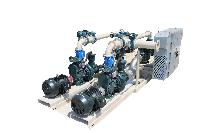
Pump Automation System
Get Price Quote
Pump Automation System, poly green house, Drip Irrigation System